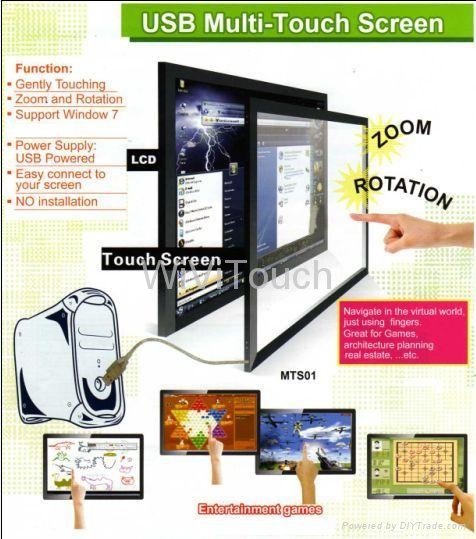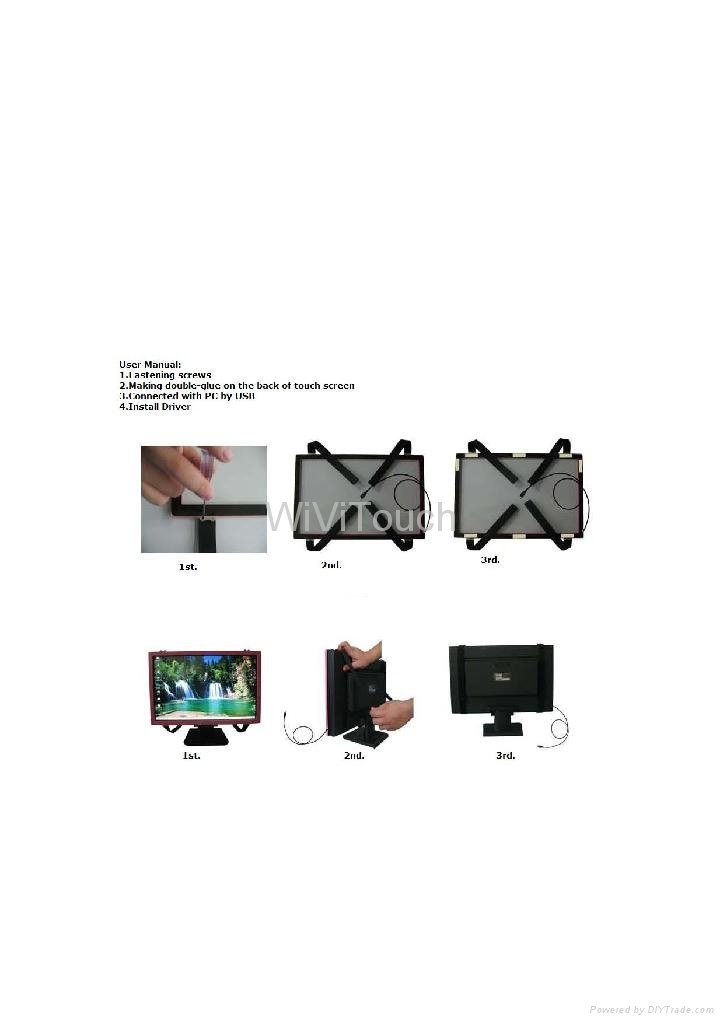

- #Multitouch screens sense how to#
- #Multitouch screens sense software#
- #Multitouch screens sense series#


It utilizes various technologies, such as infrared, resistive, capacitive, and optical. Multi-touch screens are commonly used in kiosks, smartphones, laptops, personal computers (PCs) and tablets.
#Multitouch screens sense software#
It also includes various software and hardware integrations, including display support, sensing methods, sensors and calibration systems to create interactive experiences. It consists of an application-specific integrated circuit (ASIC) controller, capacitive touch sensor, and digital signal processor (DSP). Multi-touch screen refers to display devices that can sense and respond to gestures and pressures at several locations on a single screen. These insights are included in the report as a major market contributor. Keeping in mind the uncertainties of COVID-19, we are continuously tracking and evaluating the direct as well as the indirect influence of the pandemic on different end use industries. Looking forward, the publisher expects the market to reach a value of US$ 22.39 Billion by 2027, exhibiting a CAGR of 14.13% during 2021-2027. The global multi-touch screen market reached a value of US$ 10.13 Billion in 2021. Tablet computers are another fast-growing market for multitouch, as demonstrated by the iPad's success, not to mention the slew of new tablets announced at this year's Consumer Electronics Show.DUBLIN-( BUSINESS WIRE)-The "Multi-touch Screen Market: Global Industry Trends, Share, Size, Growth, Opportunity and Forecast 2022-2027" report has been added to 's offering. This year the smartphone market will reach a crossover point, with more than 50% of units including multitouch displays on projected capacitive or OLED touch screens, says Jakhanwal. "Samsung is a pioneer in implementing touch in active-matrix OLED displays, and more are going to follow," says Vinita Jakhanwal, an analyst at market research firm iSuppli. Branded Super AMOLED, the technology places touch sensors directly on the screen itself rather than requiring a separate layer, which makes for a thinner display.

More recently, Samsung has had success integrating multitouch technology into active-matrix organic light-emitting diode (AMOLED) screens in devices such as its Galaxy S smartphone. "That's what Apple does really, really well." "It's really how the software is used that makes touch screens usable," says Bruce Gaunt, a mechanical engineer at Product Development Technologies, a product development firm that designs and integrates touch-screen technologies for manufacturers of cell phones and laptops.
#Multitouch screens sense how to#
The glass touch surface is also more durable, and capacitive technology is more forgiving of surface scratches.Īpple's major innovation with the original iPhone was figuring out how to track the actions of two simultaneous touches, which enabled the development of the iPhone's now-familiar gestures: swipe, rotate and pinch/expand. Projected capacitive screens use a glass touch surface that offers a higher level of transparency than the plastic layer used in resistive technology, resulting in brighter colors. Capacitive touch-sensing technology requires a person's finger (or a specially designed capacitive stylus) to disturb the electrical field unlike resistive designs, it doesn't work with an ordinary stylus or other inanimate objects. The touch panel sits on top of the display media (most commonly a liquid crystal display). Resistive screens could track the position of just one finger at a time.Īpple chose a competing technology, projected capacitance, which responds to a light touch and can also sense a finger as it enters the electronic field above the touch surface - a technique called proximity sensing. A touch, not a pressīefore the iPhone, most touch screens used pressure-sensitive, resistive touch panels, which required that the user physically press down on the screen. Check back next week for another sizzling display technology.
#Multitouch screens sense series#
Editor's note: This is the first of a four-part series on red-hot display technologies to watch in 2011.


 0 kommentar(er)
0 kommentar(er)
